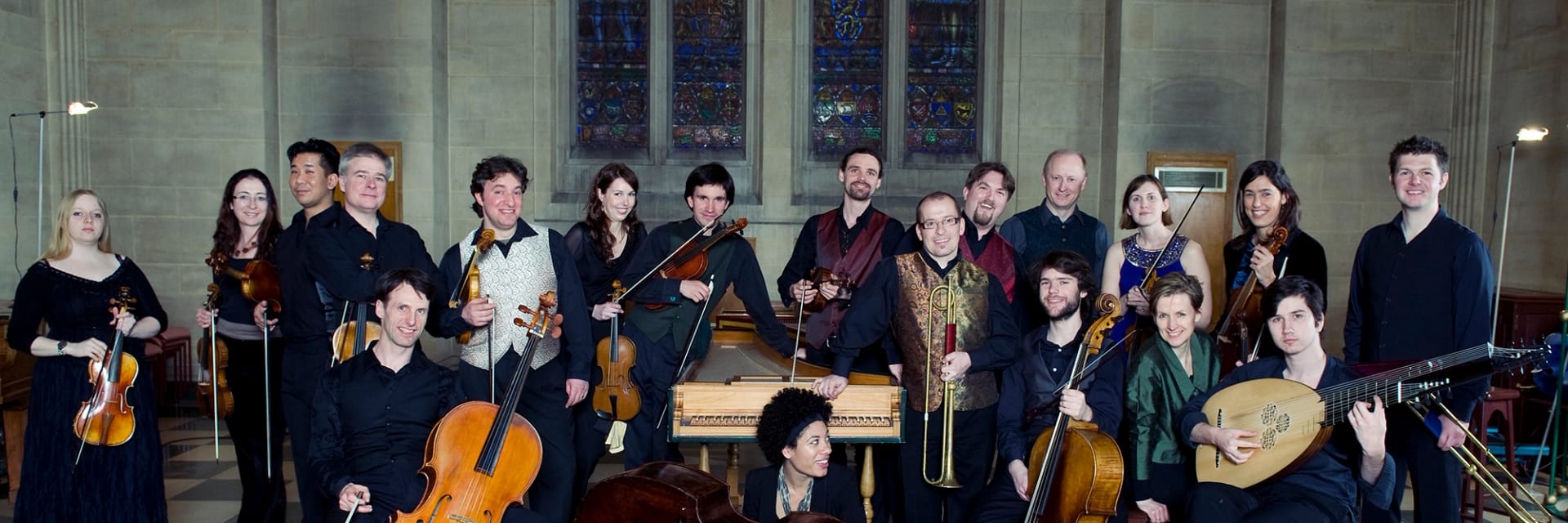
Photo by Marco Borggreve
How do ensembles get their names? Here are a few that look to the same time period as that of the music they play.
The Academy of Ancient Music, founded in 1973, borrows its name from the original Academy, founded in London in 1726 for the purpose of performing “old” music, defined initially as anything composed at least a century earlier, but soon to include more contemporary composers, most notably Handel.
Similarly, the Parley of Instruments, founded in 1979, is named after one of the earliest series of public concerts in the world. The original Parley began in 1672 at the home of violinist John Banister. A special aspect of their concerts: audience members were entitled to demand what music they wished to be performed.

The British ensemble La Serenissima, founded in 1994, specializes in the music of Vivaldi and his contemporaries and is named accordingly. In Vivaldi’s time his home, the Venetian Republic, was known as La Serenissima, “the Most Serene Republic.”
Ensemble 415, founded in 1981, has a name meant to suggest historical authenticity. It’s a reference to the lower pitch of the Baroque period. Nowadays the note “A” (the one above middle C) vibrates 440 times per second. Back then, 415.







